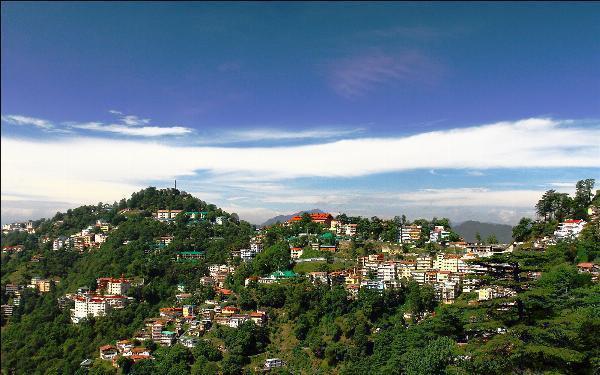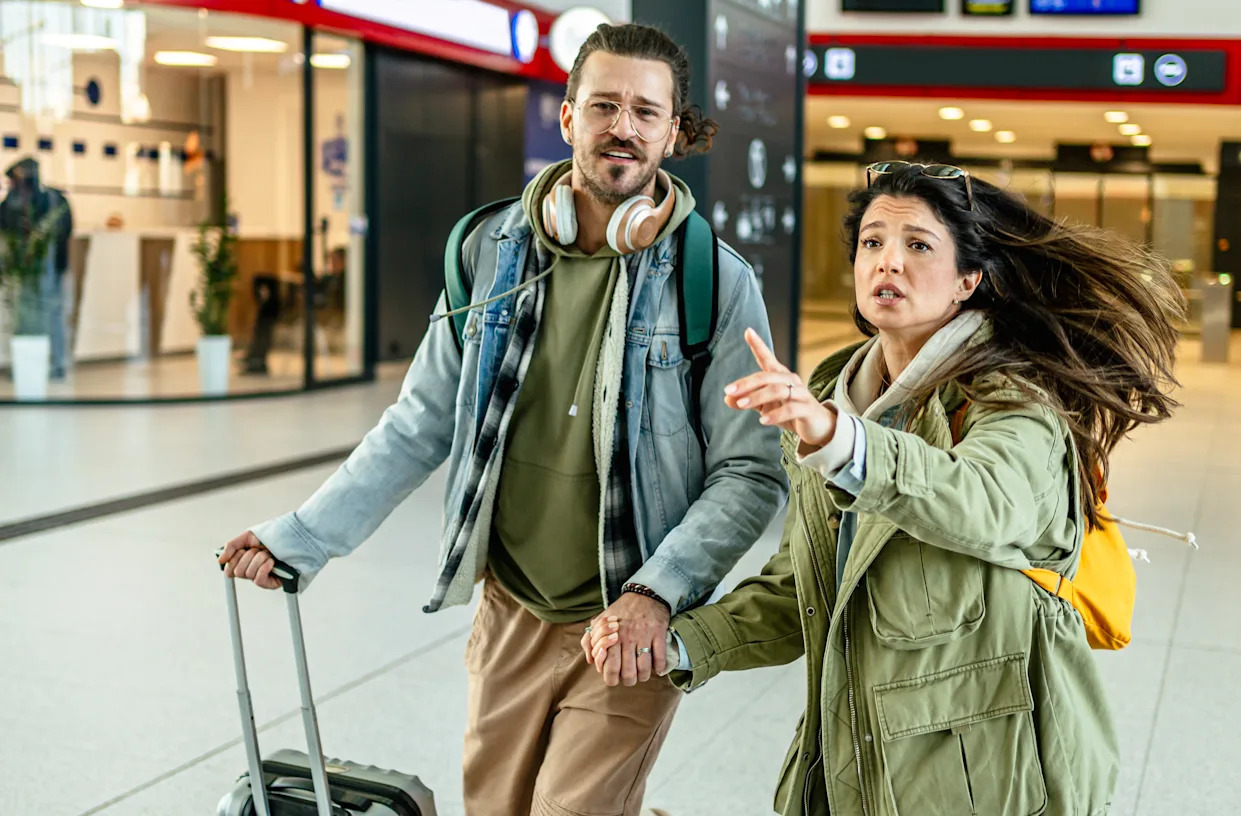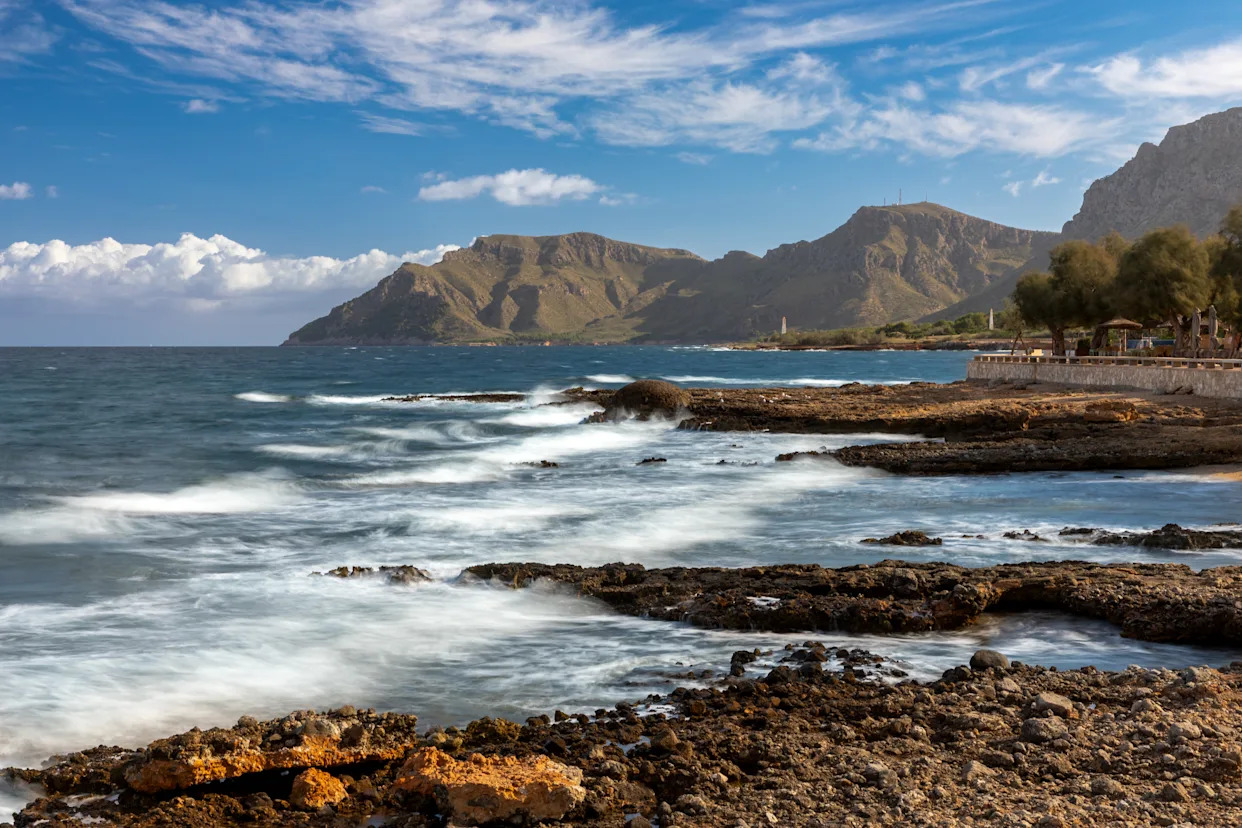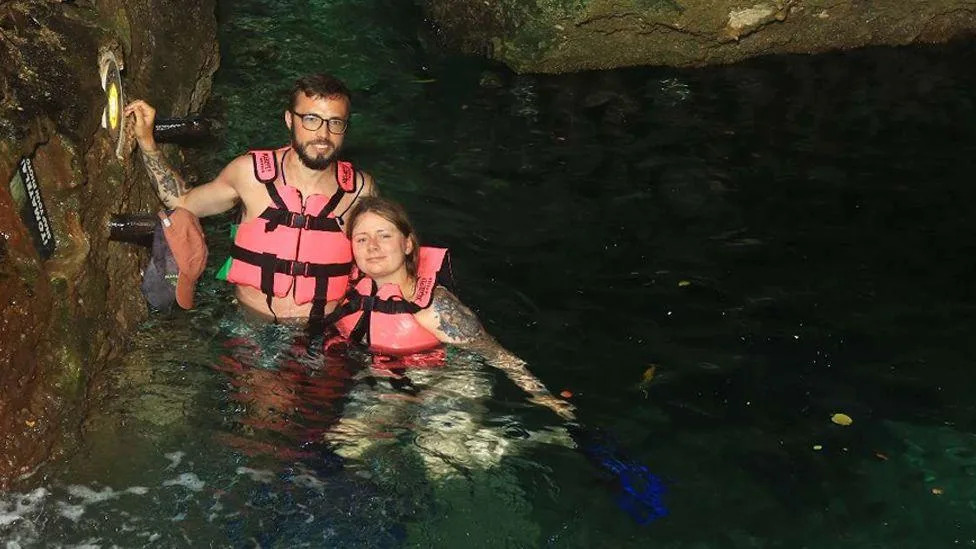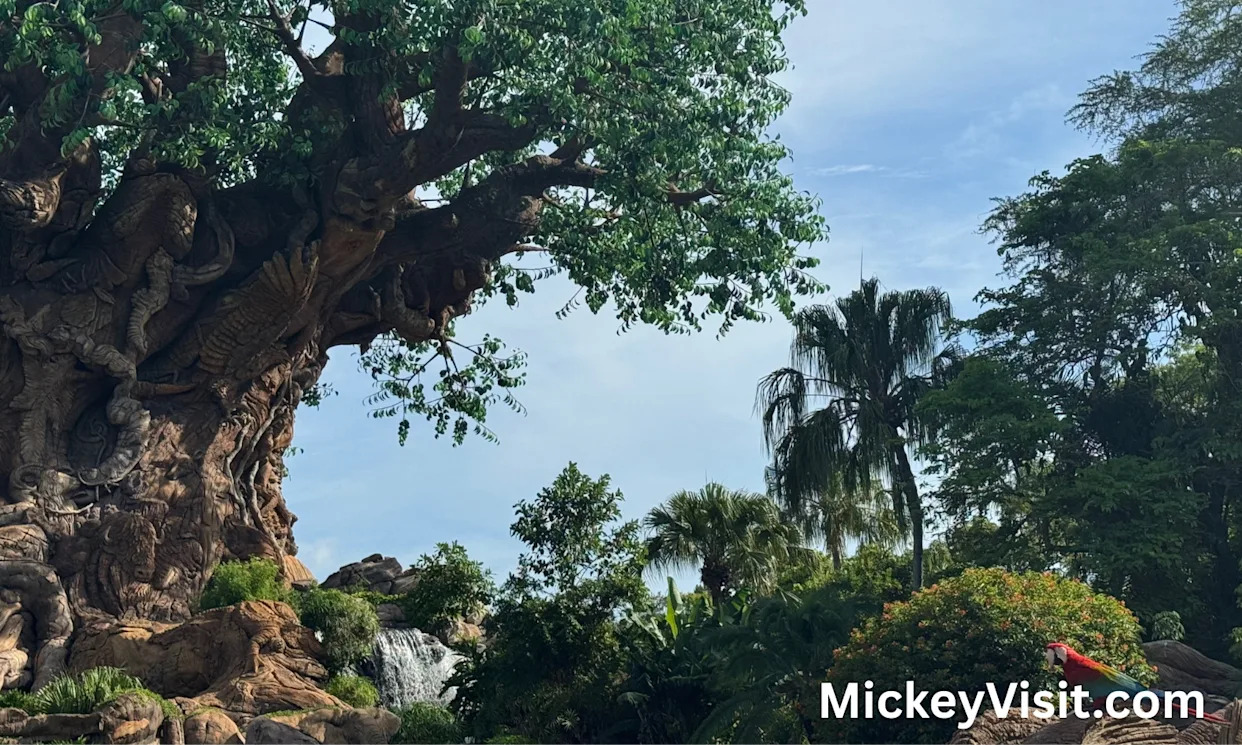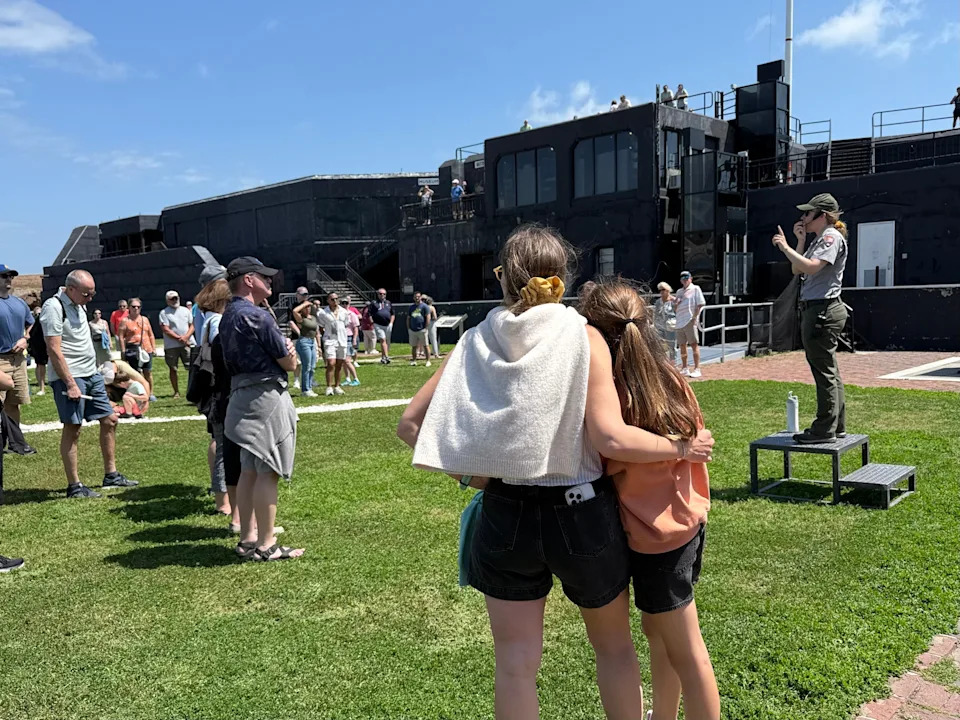
“Experience America” is a five-part series showcasing often overlooked destinations and experiences in our backyard. If you'd like to contribute to our future reporting and share your experience as a source, you can click here to fill out this quick form.
My kids groan if when I bring up educational opportunities outside of school, but they were like sponges soaking up history on a family trip to Charleston, South Carolina.
The picturesque port city embraces its past and readily shares it with visitors, though not in a way that feels like schoolwork.
AdvertisementAdvertisement#«R24e4kr8lb2m7nfddbH1» iframe AdvertisementAdvertisement#«R44e4kr8lb2m7nfddbH1» iframe“Coming to Charleston, getting to actually see and feel these historic sites ... (you) really just get a deeper understanding of what life would have looked like in Antebellum Charleston, the Deep South, or even Colonial America, depending on what block of the city that you're on at that time,” said Derek Evenhouse, general manager and tour guide with Old South Carriage Company.
Charleston may be known for its Southern charm, but there’s a lot more to learn in this city, as my family discovered.
 Visitors listen attentively to a National Park Service ranger's presentation at Fort Sumter.
Visitors listen attentively to a National Park Service ranger's presentation at Fort Sumter.Is Charleston one of the oldest cities?
Charleston is the oldest and largest city in South Carolina, according to the city, which was foundedas a British colony in 1670.
"A lot of the tourism is based on the historical preservation of both our city and the heritage,” Evenhouse said, noting that as other cities tore downstructures to modernize, “Some really forward-thinking individuals put in some pretty strict preservation laws about some of these historic sites.”
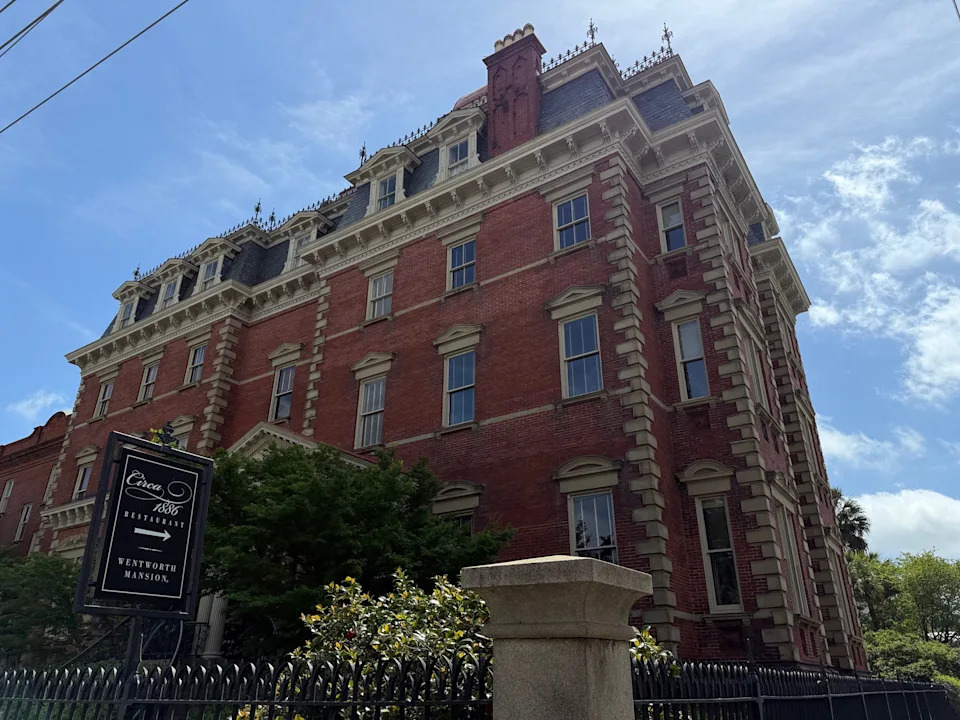 Once home to the family of wealthy cotton merchant Francis Silas Rodgers and Marie Elizabeth Evans Cochran, Wentworth Mansion is now an inn and home to upscale restaurant Circa 1886 in Charleston, South Carolina.
Once home to the family of wealthy cotton merchant Francis Silas Rodgers and Marie Elizabeth Evans Cochran, Wentworth Mansion is now an inn and home to upscale restaurant Circa 1886 in Charleston, South Carolina.Our family took one of Old South’s horse-drawn carriage tours to get a feel for the city and its stories.
AdvertisementAdvertisement#«R2de4kr8lb2m7nfddbH1» iframe AdvertisementAdvertisement#«R4de4kr8lb2m7nfddbH1» iframeMore than dozen different companies offer guided tours by certified guides.
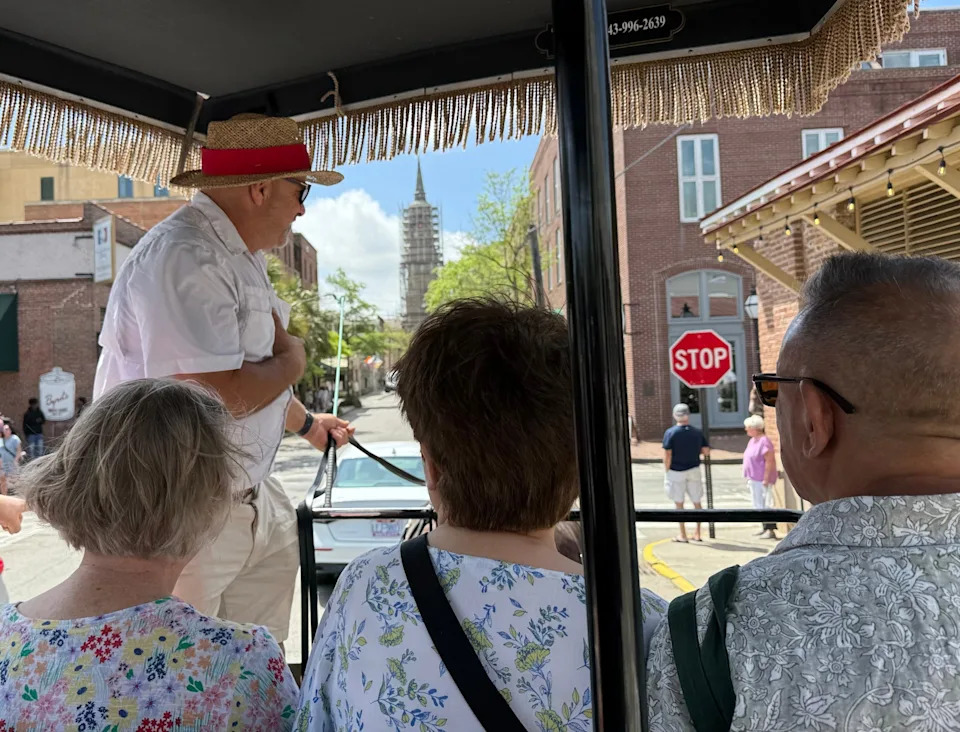 An Old South Carriage guide takes visitors on a historic tour of Charleston by horse-drawn carriage.
An Old South Carriage guide takes visitors on a historic tour of Charleston by horse-drawn carriage.What was the role of Charleston in slavery?
Charleston was a major port in the slave trade.
“Gadsden’s Wharf is the last and most important disembarkation point for enslaved Africans in North America,” according to the South Carolina African American Heritage Commission’s Green Book of South Carolina. “Completed in 1772 by slave labor, the wharf was most active between 1783 and 1808 when an estimated 100,000 African men, women, and children arrived and were sold into slavery.”
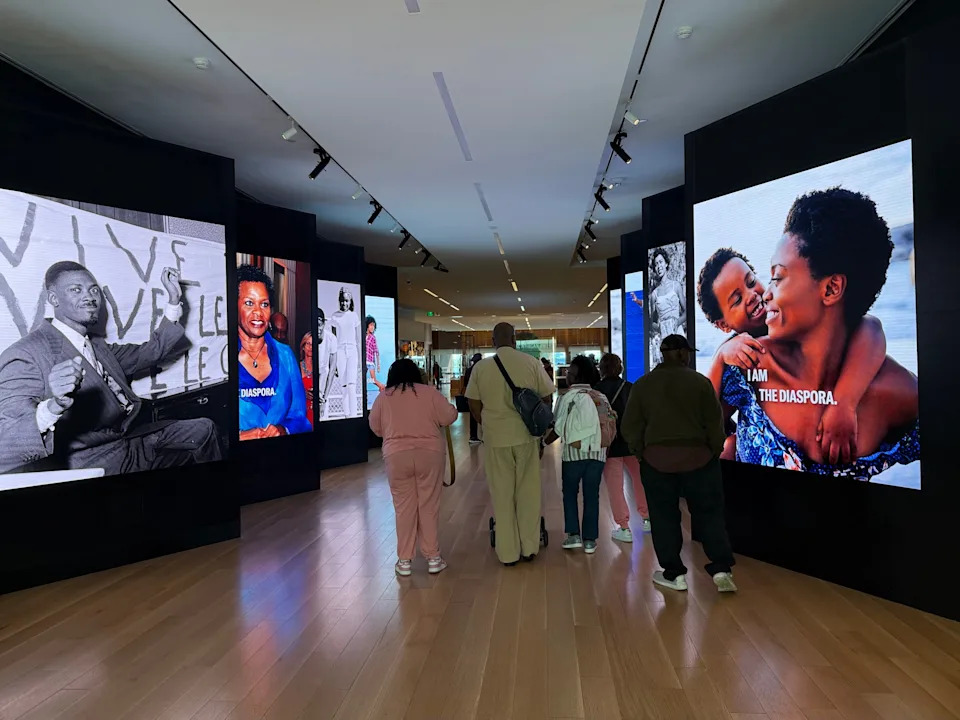 Narrated multimedia displays welcome visitors to the International African American Museum in Charleston, South Carolina.
Narrated multimedia displays welcome visitors to the International African American Museum in Charleston, South Carolina.Today, the International African American Museum sits on the site of the former wharf, reminding visitors of its history. The state-of-the art museum, which opened in 2023, is packed with powerful, thought-provoking exhibits, including tributes to the Gullah Geechee people of the region. I still think about the names and ages of people who perished along the Middle Passage, some kids younger than my own. Visitors will want to plan extra time for this museum, because there is so much to process.
AdvertisementAdvertisement#«R2le4kr8lb2m7nfddbH1» iframe AdvertisementAdvertisement#«R4le4kr8lb2m7nfddbH1» iframeConscientious travel: What to know before visiting places tied to slavery
Do Gullah people still exist?
Yes.“We stretch from Jacksonville, Florida to Jacksonville, North Carolina,” said fifth-generation sweetgrass weaver and Gullah Geechee cultural historian Corey Alston. “We're direct descendants of enslaved Africans."
His family has been in the Charleston area for seven generations. He explained how his ancestors were brought over from Africa’s rice coast and how their expertise and enslaved labor made Charleston one of the richest cities worldwide for a time.
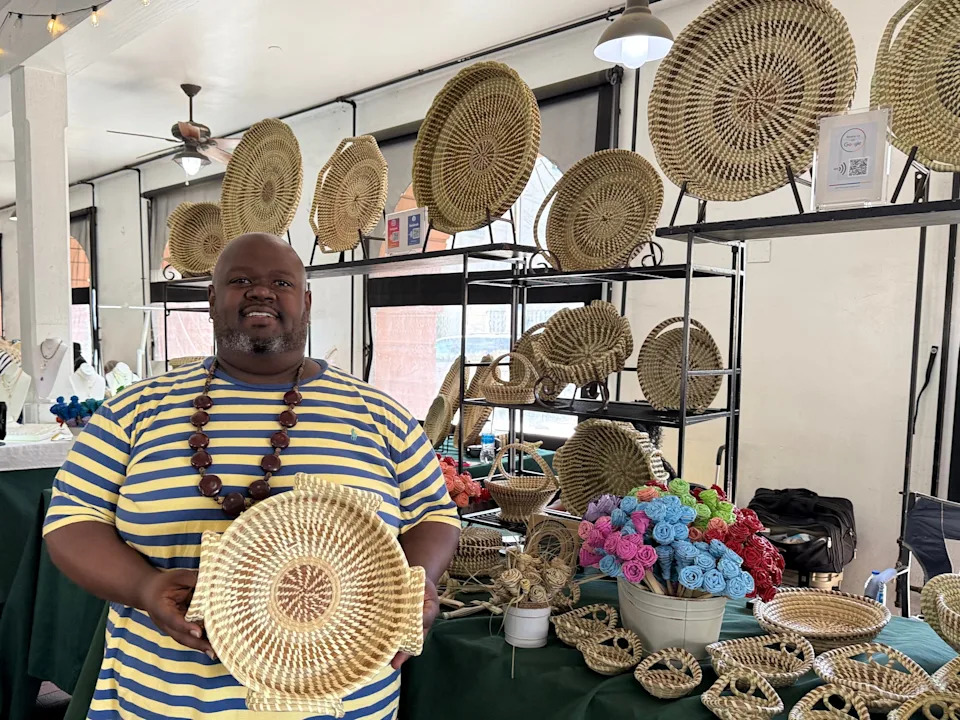 Sweetgrass weaver Corey Alston is dedicated to preserving Gullah Geechee traditions, including handmade basketry.
Sweetgrass weaver Corey Alston is dedicated to preserving Gullah Geechee traditions, including handmade basketry.“The traditions and techniques that we're keeping alive is based off of the way of survival after days of enslavement, using tools that were used during that time of enslavement as a continuous tool,” he said.
AdvertisementAdvertisement#«R2se4kr8lb2m7nfddbH1» iframe AdvertisementAdvertisement#«R4se4kr8lb2m7nfddbH1» iframeSweetgrass fanner baskets, for instance, were originally used for winnowing rice. Now they're sold in places like historic, open-air Charleston City Market, but they're still meant to be used. "I understand that we make them so pretty, you just want to look at it ... (but) using them is why they're going to last longer," Alston said.
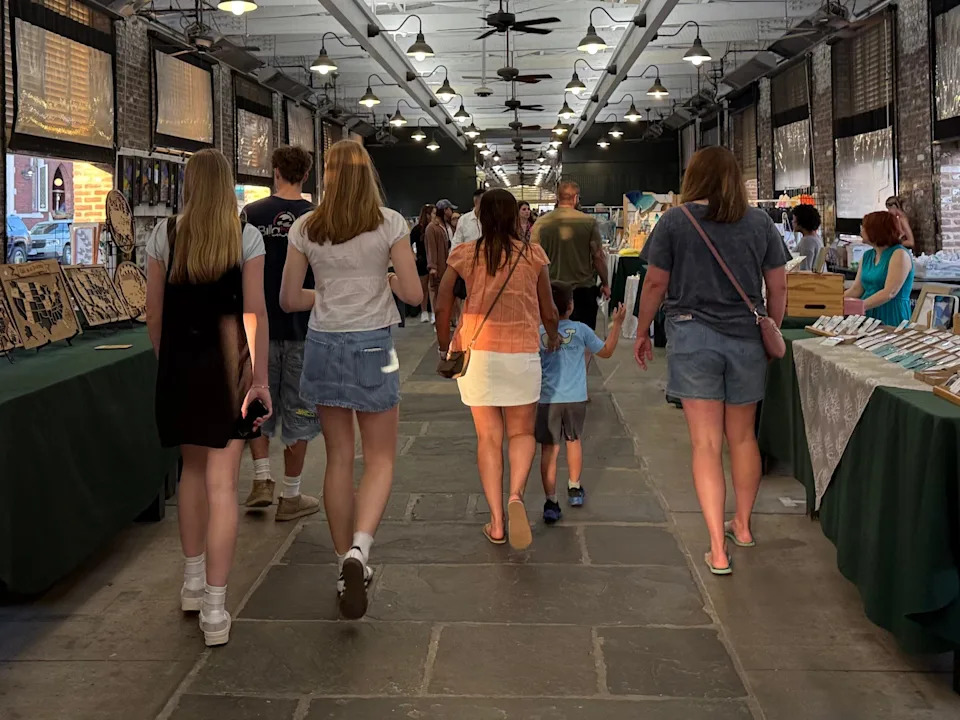 Charleston City Market has welcomed shoppers for more than 200 years.
Charleston City Market has welcomed shoppers for more than 200 years.What to do in Charleston
You can’t help but be immersed in history in Charleston, which delighted my history buff husband and history major son.
One of their top sites was Fort Sumter, upon which the first official shots were fired in the Civil War.It's now part of Fort Sumter and Fort Moultrie National Historical Park. Visitors can still see fingerprints of some of the enslaved people who made Fort Sumter's bricks on its walls.
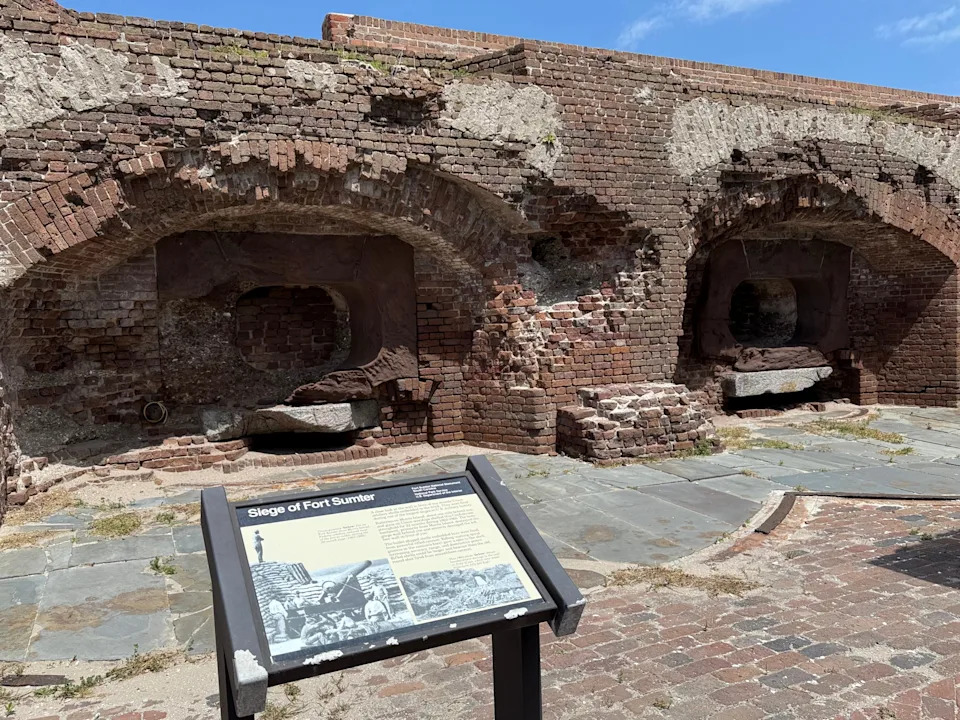 Visitors have to take a third-party ferry out to Fort Sumter, out in Charleston Harbor.
Visitors have to take a third-party ferry out to Fort Sumter, out in Charleston Harbor.We also visited the H.L. Hunley and got a feel of what it was like inside the first combat submarine to successfully sink an enemy warship.
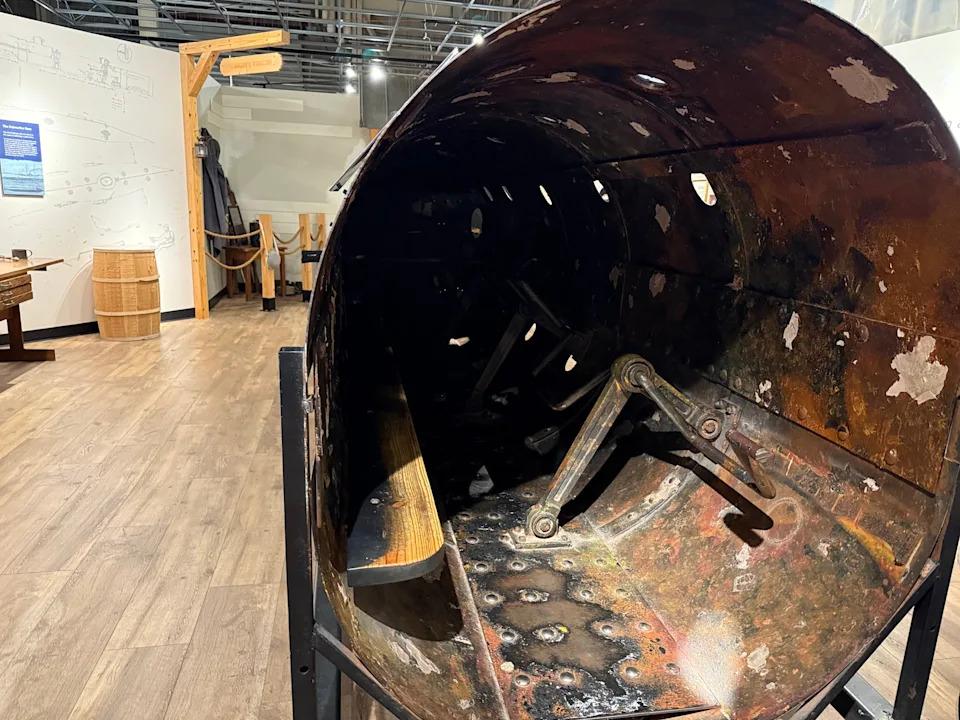 Reproductions of the H.L. Hunley offer visitors a hands-on view of the Civil War submarine. The real Hunley is also visible, submerged in a huge tank. Eve Chen
Reproductions of the H.L. Hunley offer visitors a hands-on view of the Civil War submarine. The real Hunley is also visible, submerged in a huge tank. Eve ChenBut not everything has to be educational.
AdvertisementAdvertisement#«R36e4kr8lb2m7nfddbH1» iframe AdvertisementAdvertisement#«R56e4kr8lb2m7nfddbH1» iframeMyyoungest enjoyed the beach at nearby Isle of Palms, where we had sumptuous seafood at Wild Dunes Resort. My middle schooler loved shopping on King Street.I was enamored with the sea turtles at South Carolina Aquarium, which has a specialized care center for sea turtles hurt in the wild.There's so much to do.
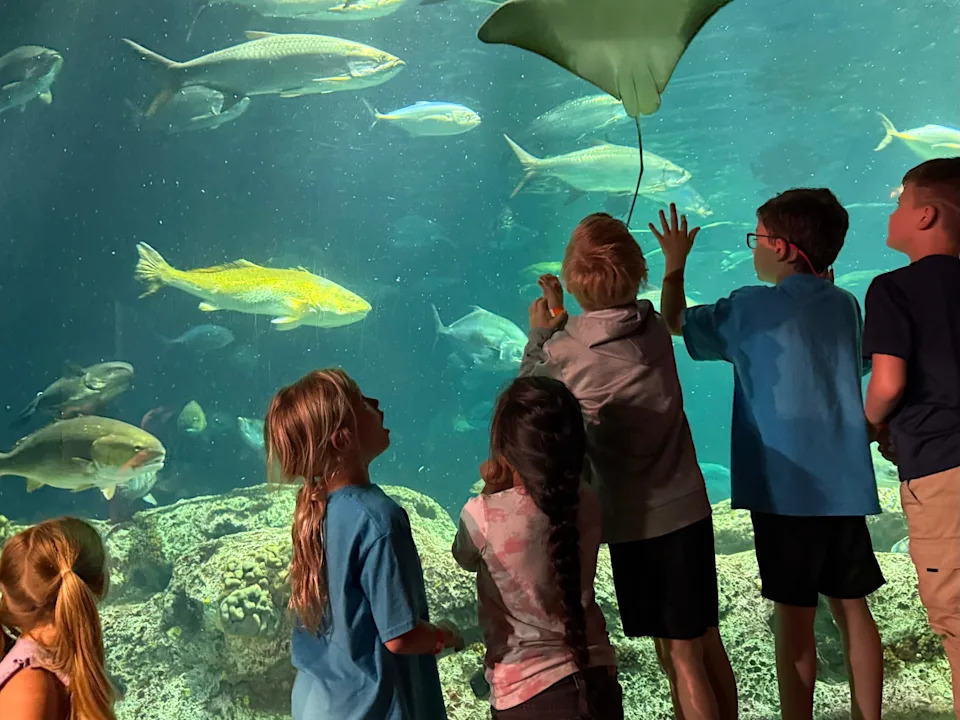 Kids marvel at the marine life inside a towering tank at South Carolina Aquarium.
Kids marvel at the marine life inside a towering tank at South Carolina Aquarium.How many days is enough for Charleston?
Visitors should plan for at least three days in Charleston.
My family spent three days and nights there and felt like we could have stayed longer.
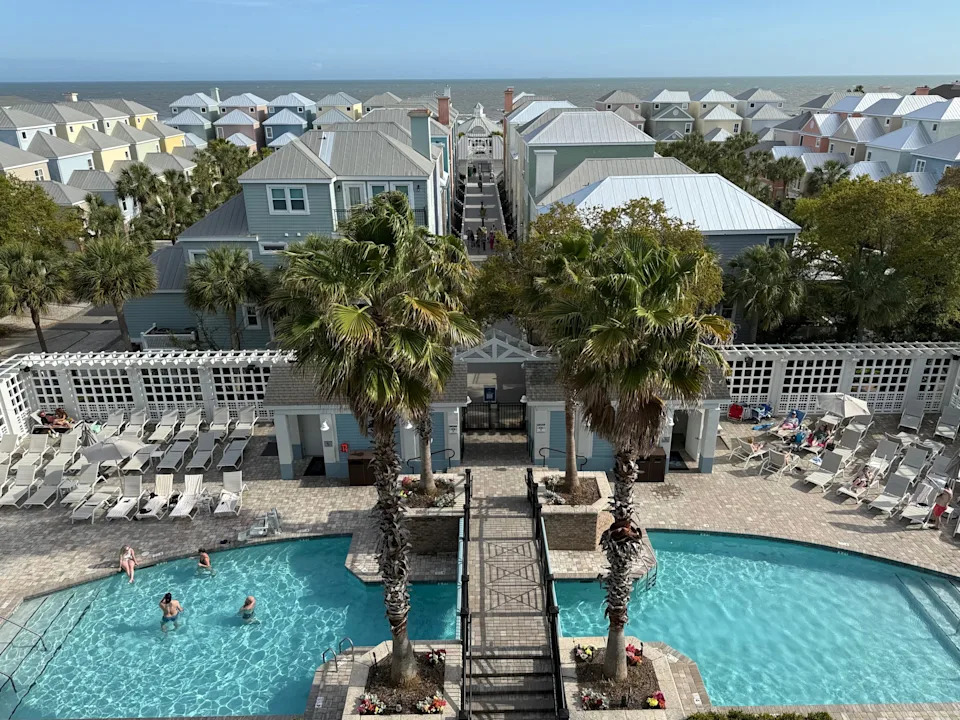 Guests enjoy one of several pools at Wild Dunes Resort is Isle of Palms, South Carolina.
Guests enjoy one of several pools at Wild Dunes Resort is Isle of Palms, South Carolina.We didn’t visit any former plantations this trip, but next time, I’d like to visit Boone Hall in Mount Pleasant. Its website notes it’s the only South Carolina plantation with a live presentation on Gullah culture, presented by Gullah people.
AdvertisementAdvertisement#«R3ee4kr8lb2m7nfddbH1» iframe AdvertisementAdvertisement#«R5ee4kr8lb2m7nfddbH1» iframeMy kids have already asked to go back.
The reporter on this story received access to select experiences from Explore Charleston. USA TODAY maintains editorial control of content.
This article originally appeared on USA TODAY: How Charleston turned my kids into history buffs


